Industry information
Company News
- Aluminum plate punching, unlimited creativity, new architectural style!
- Aluminum veneer: a fashionable transformation of lightweight building materials
- Craftsmanship and artistic charm of carved aluminum veneer
- Aluminum veneer: the 'hidden hero' of modern architecture
- Aluminum veneer customization, creating a new trend of personalized space
Industry dynamics
- How to customize aluminum veneer? Professional guidance for easy mastery
- Guidelines for selecting innovative decorative materials in modern aluminum veneer architecture
- Punched aluminum veneer: the fashionable new favorite of modern architecture
- Fluorocarbon aluminum veneer, as a non production building curtain wall material, not only bears the responsibility of appearance but also
- Aluminum veneer: the fashionable outerwear of modern architecture
Frequently asked questions
- How to improve the fire resistance of aluminum veneer?
- How to determine the quantity and size of customized aluminum veneer?
- How to improve the insulation performance of aluminum veneer?
- How to distinguish the quality of aluminum veneer?
- How to use and maintain aluminum veneer reasonably?
contact us
Mobile:+86 15627778610
Email: 2201229786
Address: No. 5 Binjiang Road, High tech Zone, Zhaoqing City, Guangdong Province
What is the surface hardness of aluminum veneer?
- Author: Lesilong Technology (Guangdong) Co., Ltd
- Release time: 2022-03-02 11:47:31
- Click:0
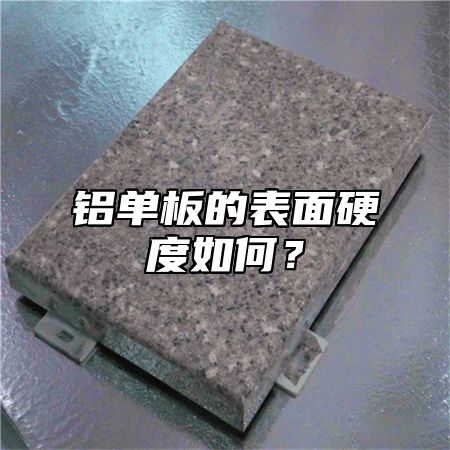
Aluminum veneerIt is a commonly used exterior wall decoration material, and its surface hardness is an important factor affecting its service life and safety. Next, we will provide a detailed introduction to the surface hardness of aluminum veneer.
1、 Surface hardness of aluminum veneer
The surface hardness of aluminum veneer refers to its ability to resist surface damage such as scratches and abrasions. Generally speaking, the higher the surface hardness of aluminum veneer, the better its service life and safety. The surface hardness of aluminum veneer can be tested through various methods, such as Rockwell hardness test, Vickers hardness test, Brinell hardness test, etc.
2、 Factors affecting the surface hardness of aluminum veneer
The surface hardness of aluminum veneer is influenced by various factors, including composition and processing technology. Specifically, the following aspects will have an impact on the surface hardness of aluminum veneer:
1. Alloy elements: Different alloy elements have different effects on the surface hardness of aluminum veneer. For example, elements such as manganese and magnesium can increase the hardness of aluminum veneer; And elements such as silicon and copper will reduce the hardness of aluminum veneer.
2. Processing technology: Different processing technologies can also affect the surface hardness of aluminum veneer. For example, the surface hardness of aluminum veneer after anodizing treatment will slightly increase.
3. Thickness: The thickness of aluminum veneer is also one of the factors affecting its surface hardness. Generally speaking, the thicker the thickness, the higher the surface hardness.
3、 How to improve the surface hardness of aluminum veneer
To improve the surface hardness of aluminum veneer, the following measures can be taken:
1. Use high-strength alloy materials: When designing and manufacturing aluminum veneer, high-strength alloy materials can be used to improve its surface hardness.
2. Adopting anodizing treatment: Anodizing treatment is a commonly used surface treatment method that can significantly improve the surface hardness of aluminum veneer. After anodizing treatment, aluminum veneer has good wear resistance, corrosion resistance, and high temperature resistance.
3. Strengthen subsequent processing technology: In the use of aluminum veneer, it is necessary to strengthen the management of subsequent processing technology to avoid surface damage and other problems caused by improper operation. It is also necessary to pay attention to regular cleaning and maintenance of aluminum veneer to maintain its good appearance and performance.
4、 Precautions
When using aluminum veneer for architectural exterior design, the following points should be noted:
1. Respect historical culture: When choosing the color, pattern, and other aspects of aluminum veneer, it is necessary to respect historical culture and avoid inappropriate elements.
2. Reflecting a sense of the times: Architectural exterior design needs to have a modern and contemporary feel, and the design of aluminum veneer needs to meet this requirement.
3. Ensure construction quality: The installation of aluminum veneer requires professional technology and equipment, and the quality of construction directly affects its appearance and performance.
5、 Conclusion
The surface hardness of aluminum veneer is an important factor affecting its service life and safety. When selecting aluminum veneer, it is necessary to weigh and choose according to actual needs to achieve the best usage effect. If attention is paid to decorative effects, thermal insulation performance, and durability, high-quality aluminum veneer that meets corresponding standards can be selected; If you pay attention to environmental protection and energy conservation, you can choose coatings and materials with low VOC emissions that meet the corresponding standards. Of course, when selecting materials, factors such as the actual engineering situation and budget also need to be considered.


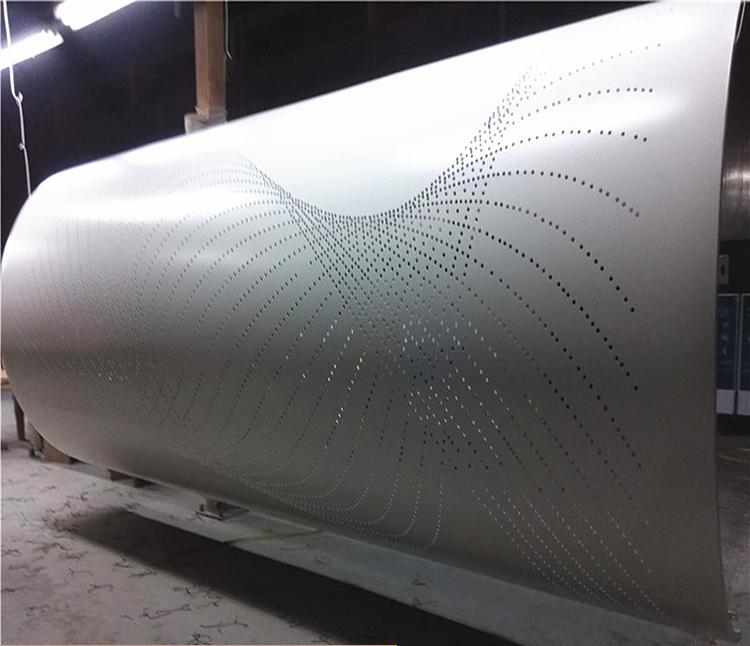
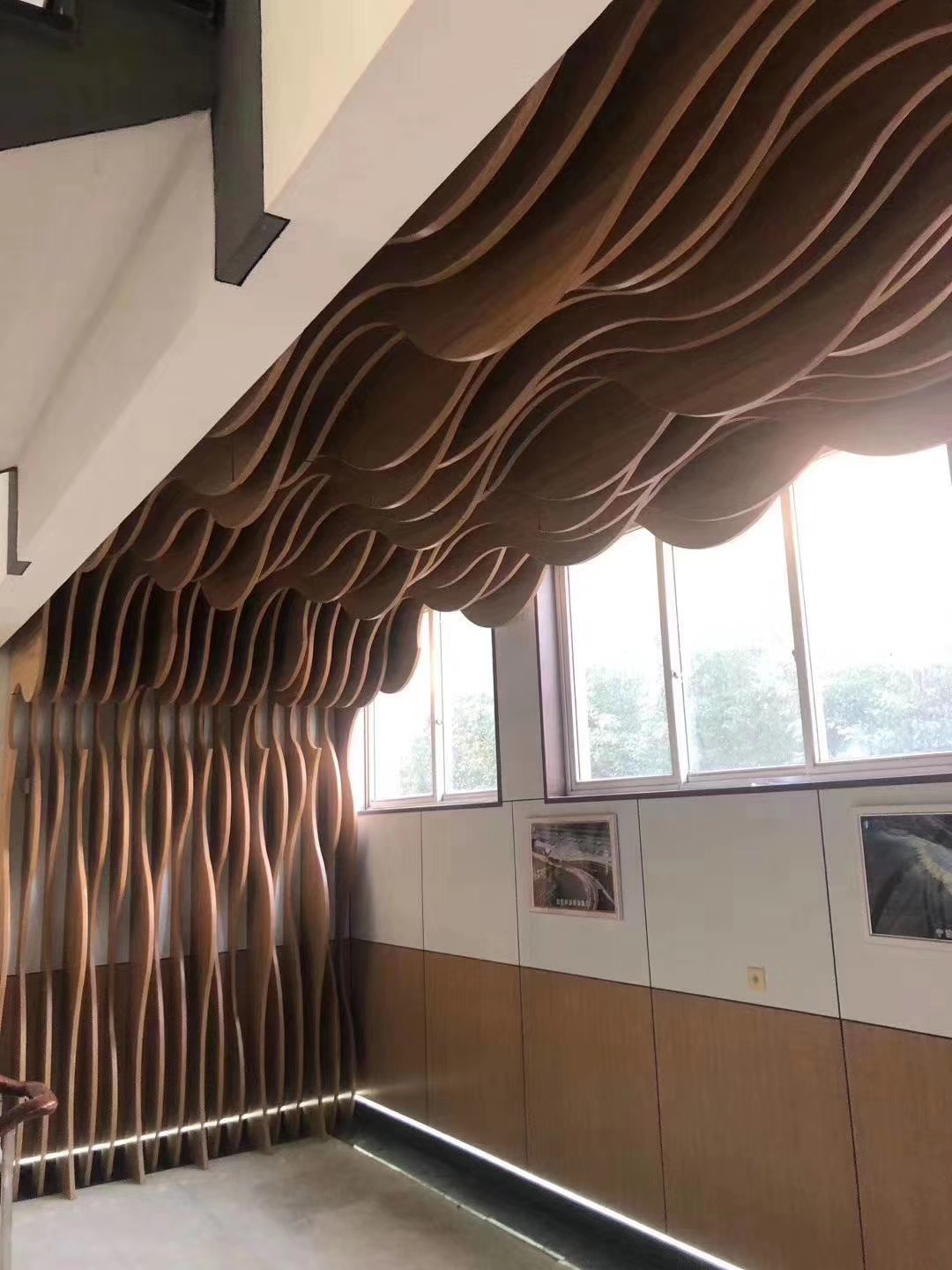
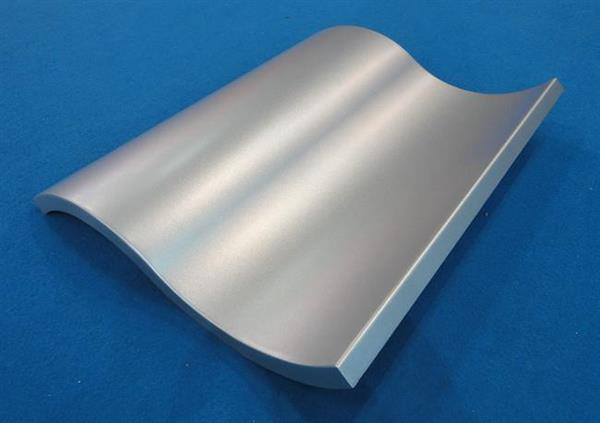

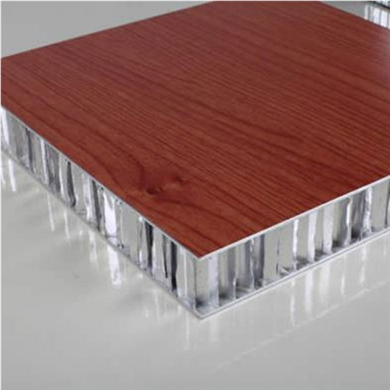
 Customer service QQ
Customer service QQ